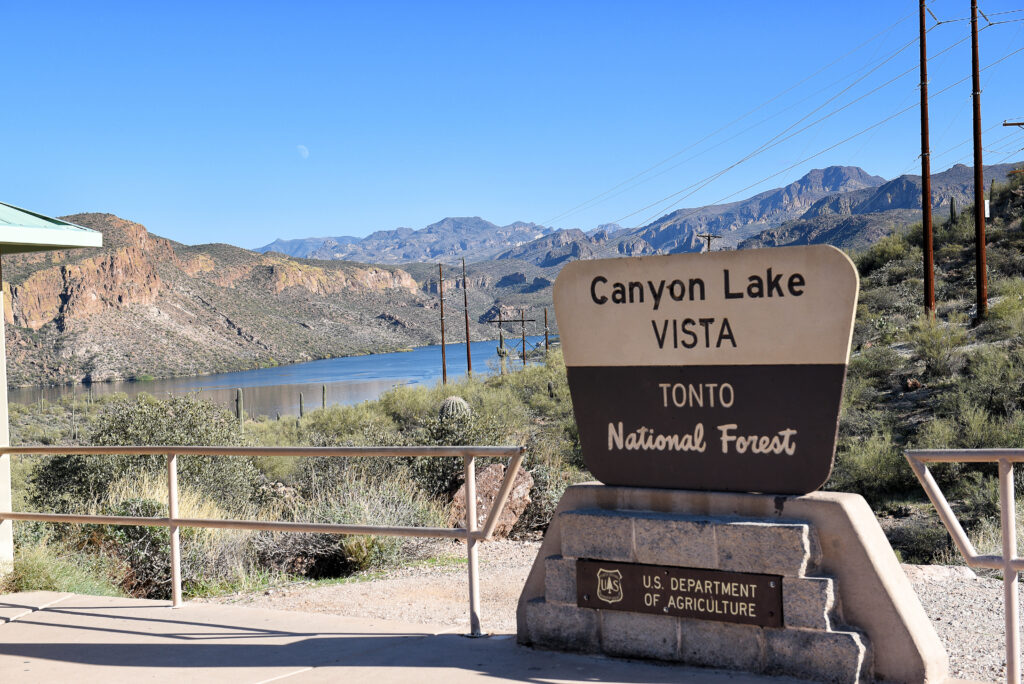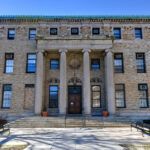In the early summer of 1972, a devastating event struck the Black Hills region of South Dakota. On June 9, an unusually severe and sustained rainfall caused the Canyon Lake Dam to burst, leading to a flood that took 238 lives and inflicted approximately $160 million in damages – a disaster known as the Rapid City Flood.
The disaster’s onset was alarmingly sudden. Afternoon thunderstorms developed into a concentrated downpour, dropping over 15 inches of rain in a few hours. The immense deluge overwhelmed the Canyon Lake Dam, causing it to burst, releasing a wall of water that descended upon Rapid City.
Residents were caught off-guard by the middle-of-the-night catastrophe. Many were swept away, trapped in their homes, or stranded in cars. The damage to infrastructure was massive, with entire neighborhoods washed away, roads destroyed, and utilities disrupted.
In the wake of this tragedy, the National Weather Service implemented in 1997 substantial changes to improve their flash flood warnings and response times, underscoring the need for better preparedness in the face of such natural disasters.
This tragic event brought about the Rapid City Flood Project, a comprehensive flood management system including a greenway, drainage improvements, and an alert system, aiming to prevent such a catastrophe from recurring.
The 1972 Rapid City Flood stands as a stark reminder of nature’s unpredictability and power. It catalyzed significant improvements in flood preparedness, warning systems, and urban planning, transforming the tragedy into lessons for future generations.
References:
https://pubs.usgs.gov/fs/fs-037-02/pdf/fs-037.pdf
https://www.usgs.gov/centers/dakota-water-science-center/science/1972-black-hills-rapid-city-flood




